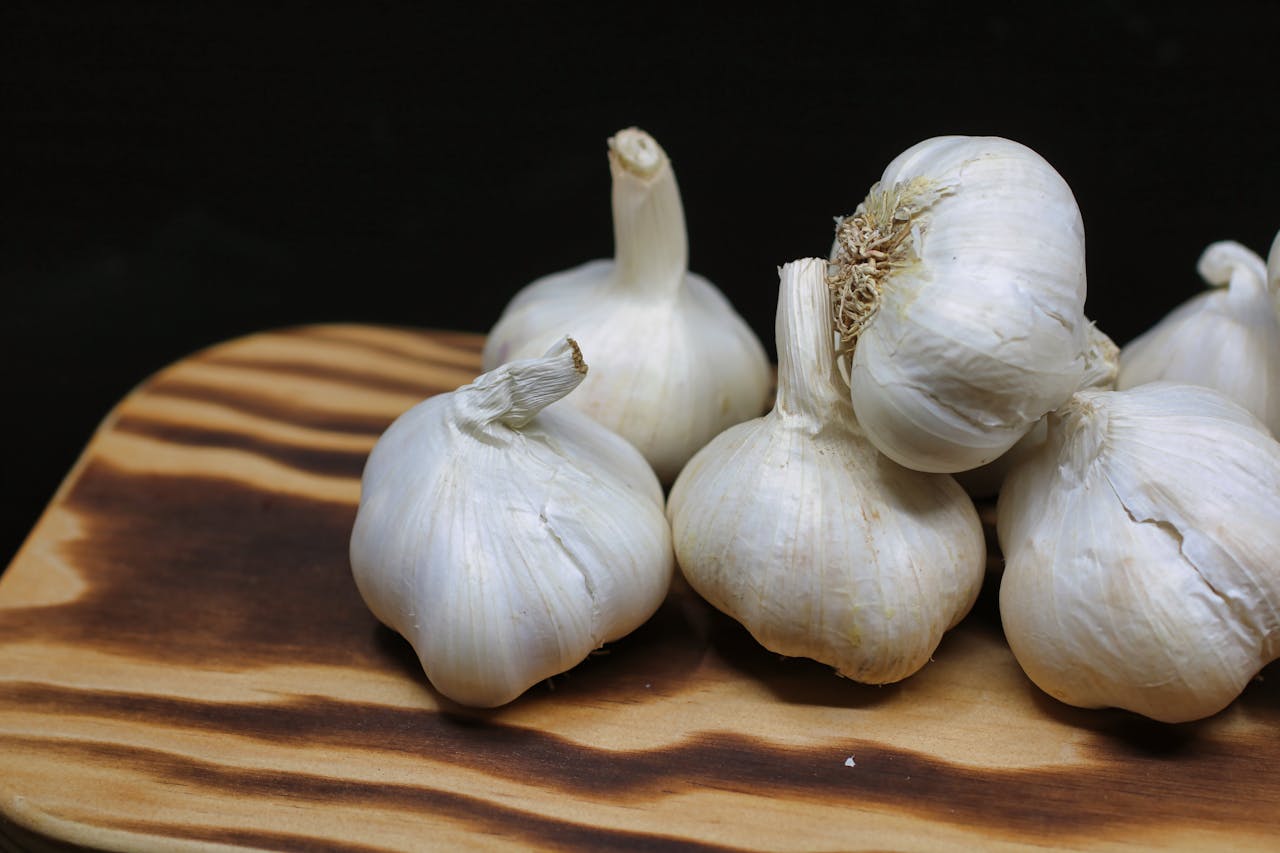
Garlic surge: South Africa increasingly imports larger quantities
Local garlic producers are facing challenges in meeting the demand for high-quality garlic, prompting South Africa to increase its garlic imports.

Local producers are finding it difficult to keep up with the demand for garlic in the domestic market, particularly when it comes to quality. Numerous garlic farmers have exited the industry for various reasons. Consequently, South Africa has imported a large amount of garlic over the past four years.
Garlic producers struggle to meet local demand
Corrie Bezuidenhout, the chairperson of the South African Garlic Growers’ Association, stated that local producers do not have enough garlic of good quality to continuously meet the demand of the local market. He added that it takes proper long-term planning and dedication to be a successful garlic grower, as reported by Maroela Media.
“To survive as an industry, we will have to reach a point where we can compete with the quality and quantity of the imported product.”
Corrie Bezuidenhout, chairperson of the South African Garlic Growers’ Association
What works in favour of local garlic producers is the freshness of their product. Imported garlic must undergo irradiation before it can be sold in South Africa. As a result, imported garlic is often stored in cold rooms for extended periods of time. This has a negative effect on the taste and also the shelf life.
Why are South African garlic growers leaving the industry?
Garlic producers leave the industry for various reasons. These include high input and capital costs and production costs. Another main reason is an unreliable market. Also, it is often the case that the local garlic’s quality and varieties of garlic do not meet the preferences and demands of the local market.
According to Fresh Plaza, local garlic producers contend with increasing imports, leading many of them to switch to alternative crops. Generally, they replace it with vegetables like butternuts, cabbage, or sweet peppers.
Johnny van der Walt from the farm Napier near Settlers on the Springbokvlakte of southern Limpopo, said that cleaning the garlic bulbs is very hard work and they find it difficult to compete on price with imported garlic. Most imports come from China and Spain.
Large garlic earns higher prices and sells better, but Van der Walt said that there is always a percentage of small and medium cloves in the harvest and they do not sell as well.
According to Bezuidenhout, South Africa sells approximately 4 806 tons of garlic yearly. Of this, the country imports around 3 tons.
